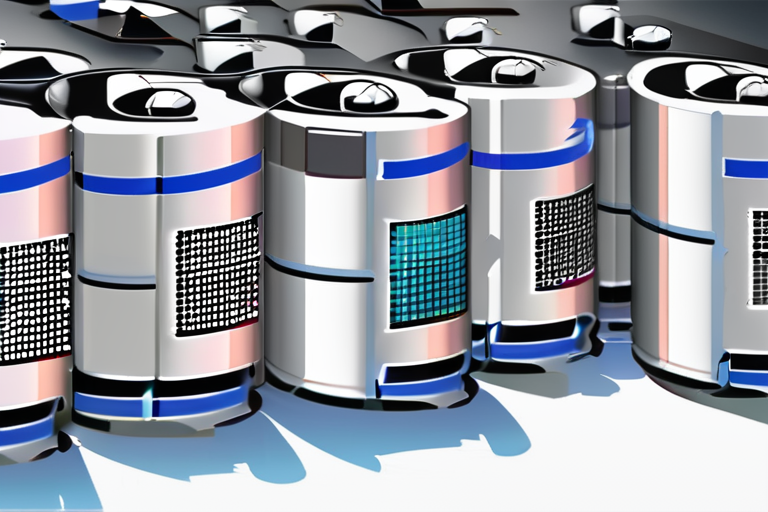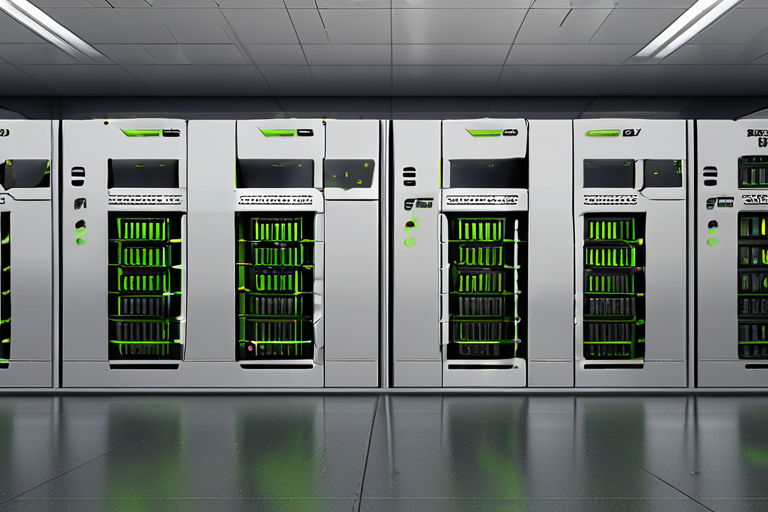HiNa Battery Technology Cracks Code on Sodium-Ion Cells, Revolutionizing Energy Storage


Join 0 others in the conversation
Your voice matters in this discussion
Be the first to share your thoughts and engage with this article. Your perspective matters!
Discover articles from our community

 Hoppi
Hoppi

 Hoppi
Hoppi

 Hoppi
Hoppi

 Hoppi
Hoppi

 404news
404news

 Hoppi
Hoppi

Queen's "Another One Bites the Dust" Hits No. 1 in America 45 Years Ago Forty-five years ago, on October 4, …

Hoppi

Breaking News: Trump Announces Deadly US Strike on Venezuelan Drug Boat US President Donald Trump announced on Monday that the …

Hoppi

Nvidia's Data Center Compute Revenue Declines for First Time in Over a Decade In a surprise move, Nvidia's data center …

Hoppi

US President Donald Trump's Public Feud with the Federal Reserve Raises Concerns Over Central Bank Independence In a highly unusual …

Hoppi

The wait is finally over for fans of the hit Netflix series Wednesday, as the first half of season 2 …

404news

Kotlin: The Android House Language No More In a world where code is king, one programming language has been quietly …

Hoppi